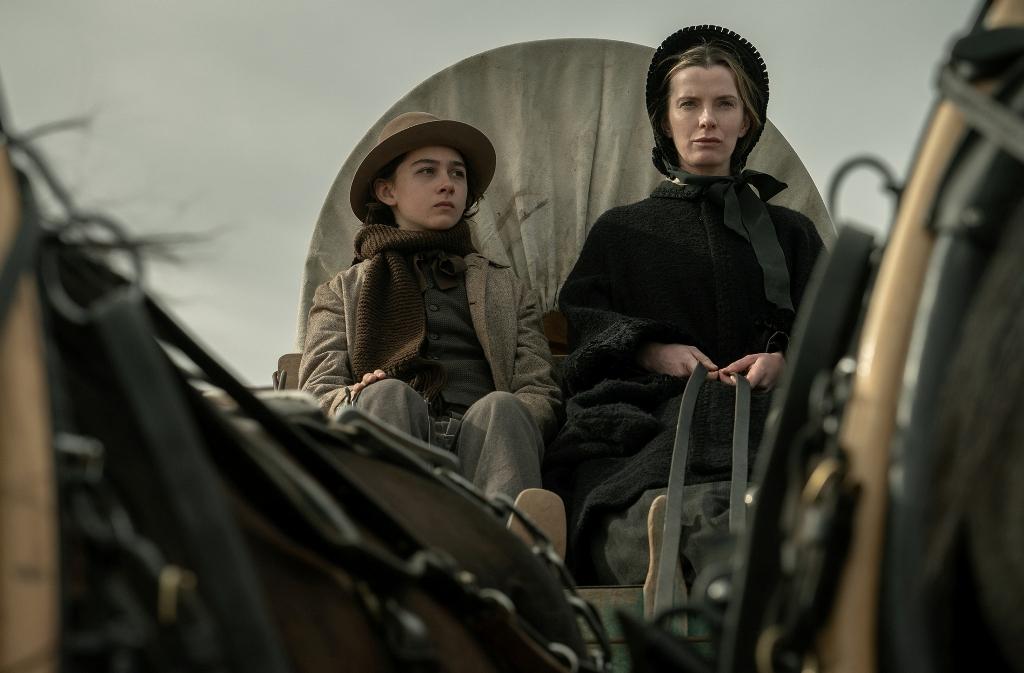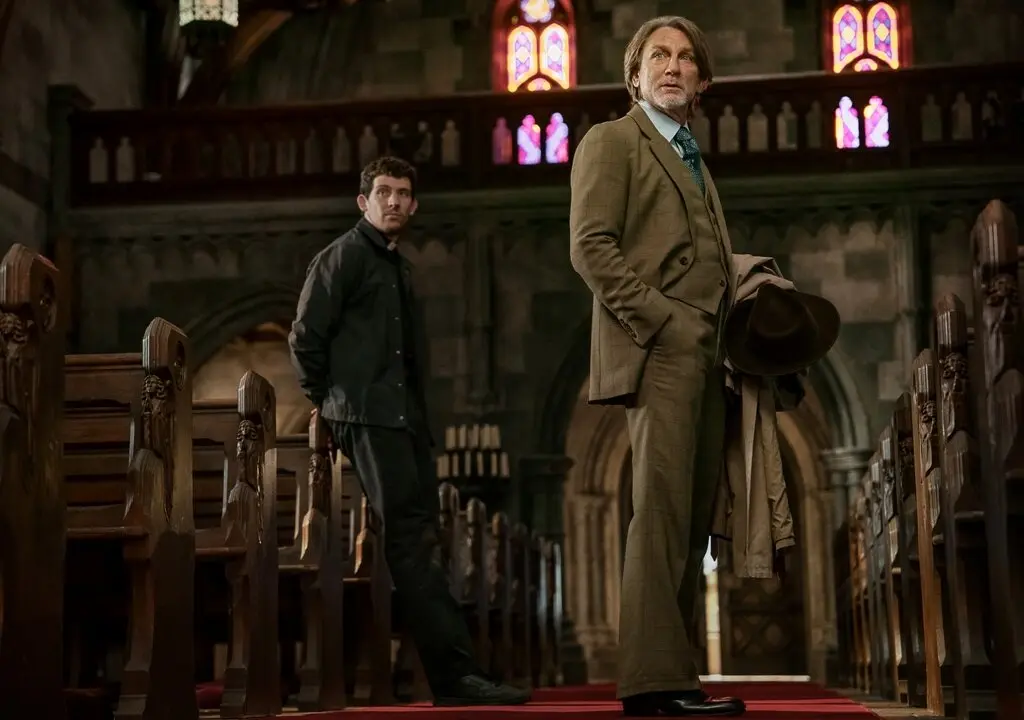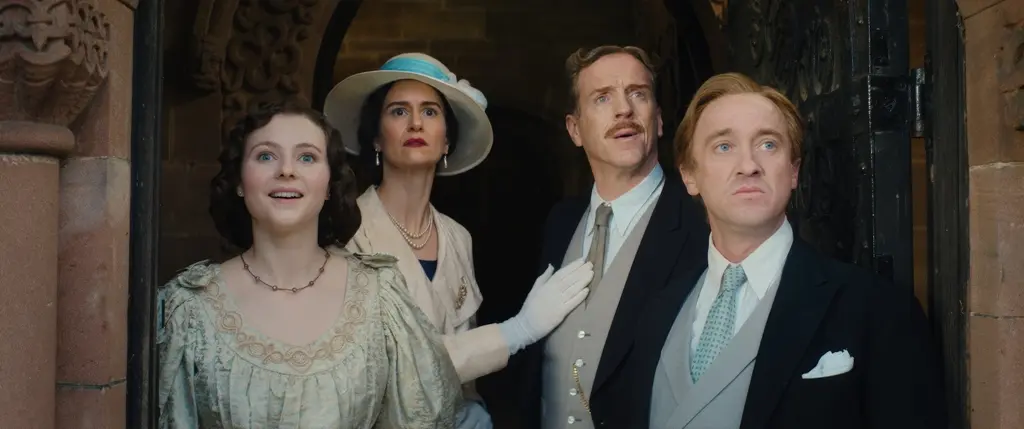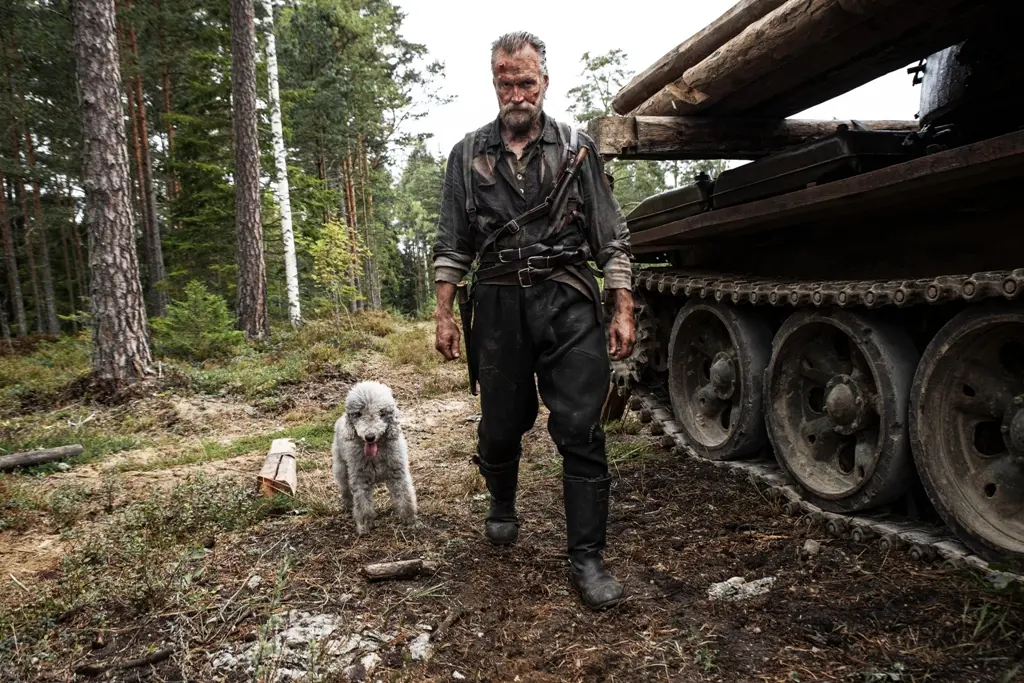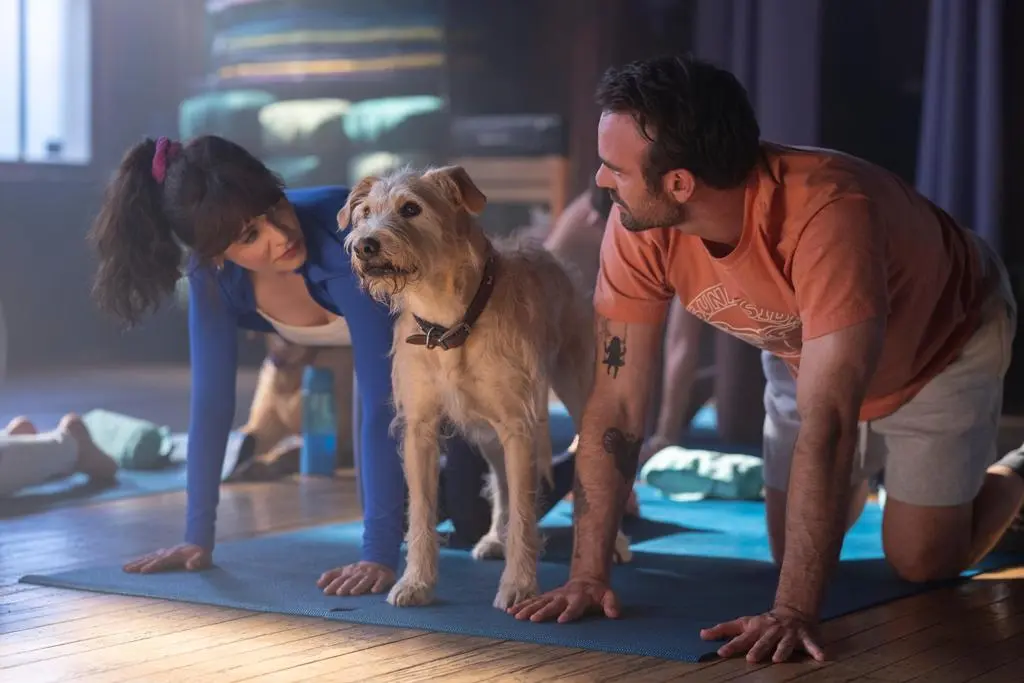TV-MA | 6 episodes | Drama, Western, History | 2025
For over a dozen years, streaming behemoth Netflix has been quietly releasing a number of original Western movies and TV series. Titles include but are not limited to “Paradox,” “Thar,” “Frontier,” “Longmire,” “The Harder They Fall,” “Godless,” the Coen brothers’ anthology “The Ballad of Buster Scruggs,” and the Adam Sandler spoof “The Ridiculous Six.”

